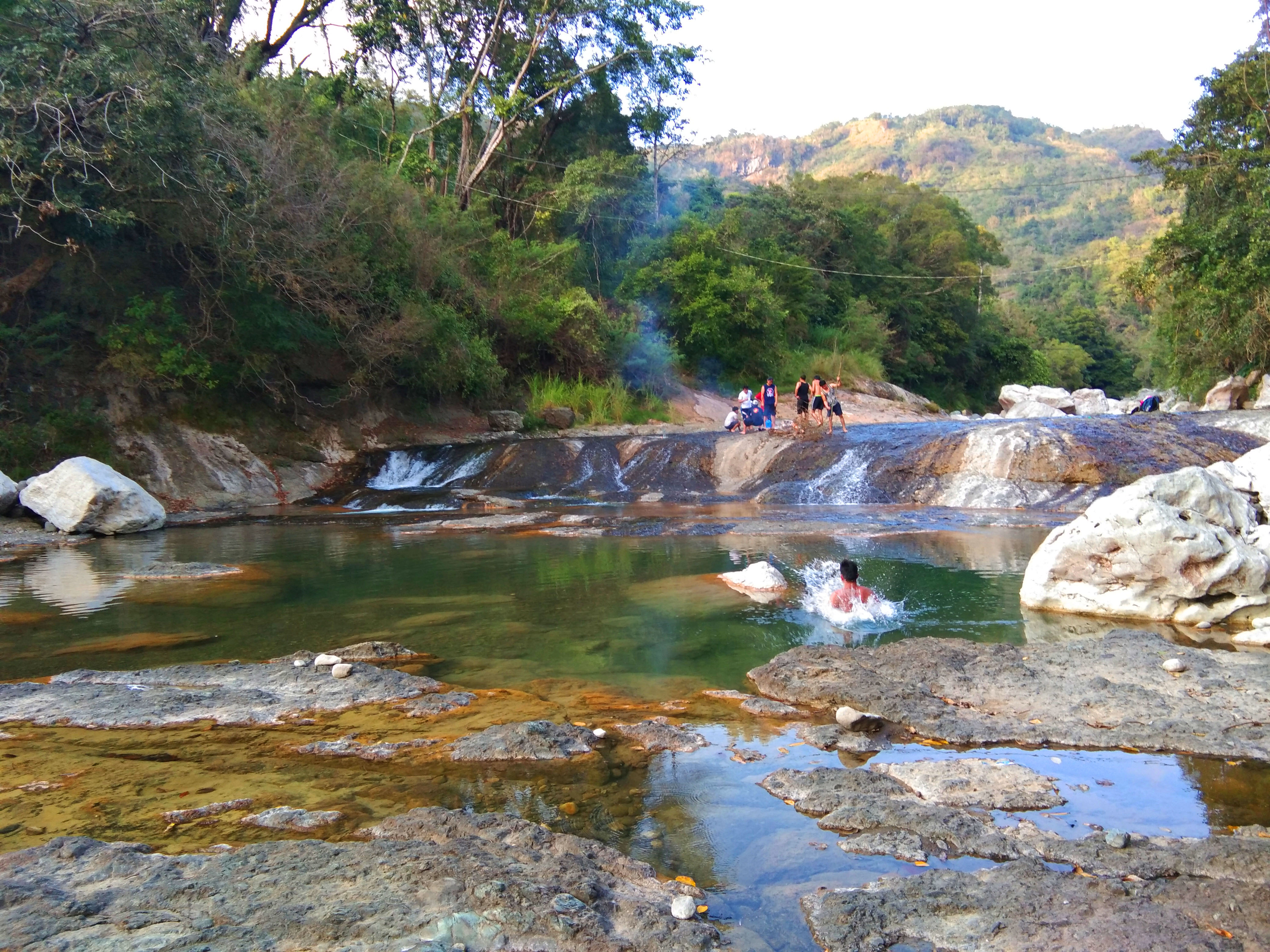Here is a comprehensive list of rivers in the Philippines you’ve probably never heard of.
The Philippines is known for having some of the best beaches in the world. It’s thriving marine ecosystems are also compelling come-on attracting millions of tourists every year.
But there is more to that. As a mountainous country, the Philippines also boasts of beautiful and historical river systems. For centuries, these rivers cradled thriving civilizations. Today, they are important livelihood sources as well as potential spots for ecotourism.
In this article, we’ll show you some of the rivers in the Philippines that remain relatively unknown. But these are wonders you might want to visit to level up your adventure in the country.
Here we go.
Off-Beaten Rivers in the Philippines
1. Chico River

Chico River is one of the historical rivers in the Philippines. It saw one of the pivotal indigenous peoples (IPs) movement which led to the abandonment of mega-dam projects. These projects could have submerged communities and sacred grounds.
Through the leadership of tribal leader Macliing Dulag, the natives of Bontoc and Kalinga launched a collective opposition and won over the World-funded dam projects. Today, the Chico River runs free, providing water supply to communities.
In Tabuk, Kalinga, local tourism is promoting whitewater rafting, especially during the rainy months. One can spot numerous attractions including sacred burial grounds, rice terraces, caves, and waterfalls when navigating the river.
Chico River is also one of the longest rivers in the Philippines.
2. Tanudan River
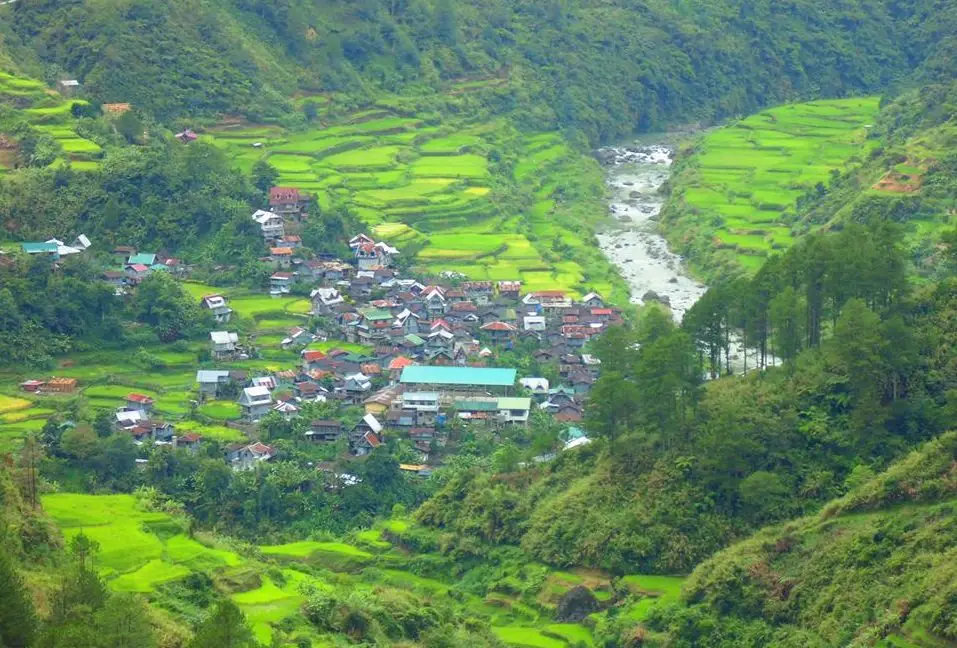
Tanudan River is one of the tributaries of the mighty Chico River. It emanates from one of the last remaining forests in the country. Barlig, the last ecological frontier of Mt Province, hosts vast mossy and dipterocarp forests that feed Tanudan River.
I have lots of fond memories on the river because I grew swimming on it. It’s also one of the cleanest rivers in the Philippines.
Different marine species such as giant eels thrive. It is also a potential site for whitewater rafting.
Along its length, one can find numerous waterfalls with beautiful pools. For centuries, the IPs of Barlig and Tanudan have been protecting the river, considering it as part of their identity.
Mt Amuyao, one of the highest mountains in the Philippines, is also one of the water sources of Tanudan River.
During the cold months of October to January, thousands of frogs occasionally gather along the river banks to mate and lay eggs. As a kid, I used to chase them for dinner.
3. Amburayan River
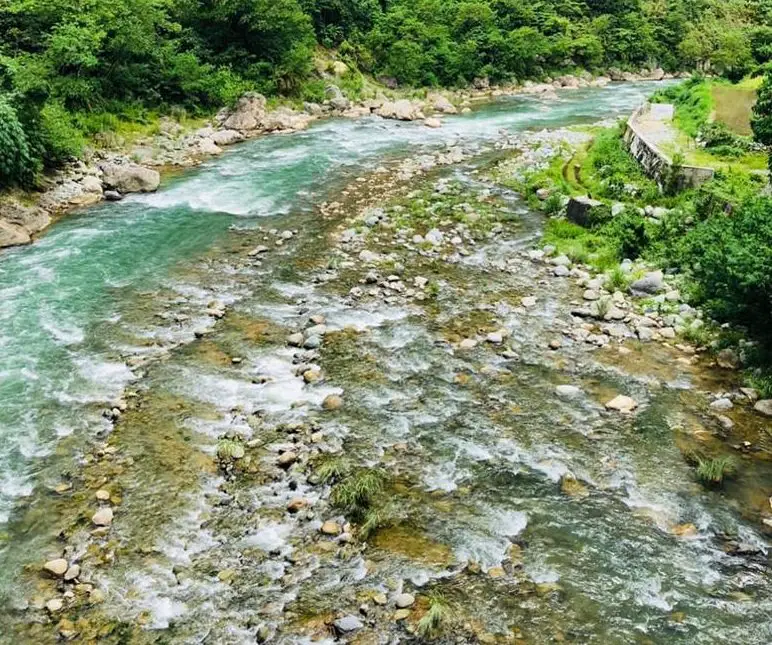
Amburayan River originates from one of the grandest mountains in the country including Mt Timbak.
I’ve been to the river multiple times to escape city bustles. The river has very clean waters that you can often see fishes swimming around. There are numerous pockets of deep pools where you can have an invigorating plunge.
A mining spill in the late 1980s almost totally destroyed the river. Since then, it gradually recovered and it now teems with different marine species. Many communities living on its banks rely on fishing for subsistence.
You can join them fish using traditional methods.
4. Bayokbok River
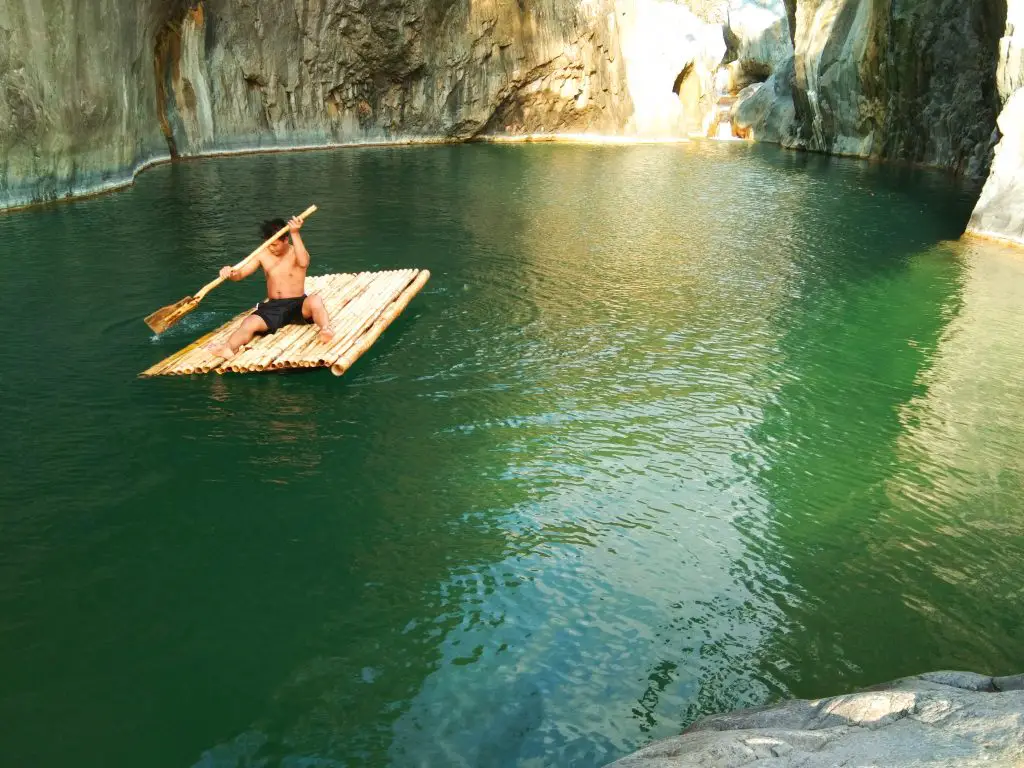
Bayokbok River is slowly gaining popularity as it hosts beautiful waterfalls with crystal-clear waters. It is considered as one of the cleanest rivers in Benguet province. When I visited it, I noticed numerous fishes and crabs inhabiting deep pools.
One of its popular attractions is Bayokbok Falls. It is a three-layered beauty with wide and deep pools that will make you feel like you are in Palawan. To get to the second and third waterfalls, you will have to climb the first waterfall. That’s what makes your visit here even more thrilling.
In each waterfall, you can ride a bamboo raft while relishing the rustic beauty of the rock formations and forests. You can often spot colorful birds hopping from one tree to another.
5. Calanasan River
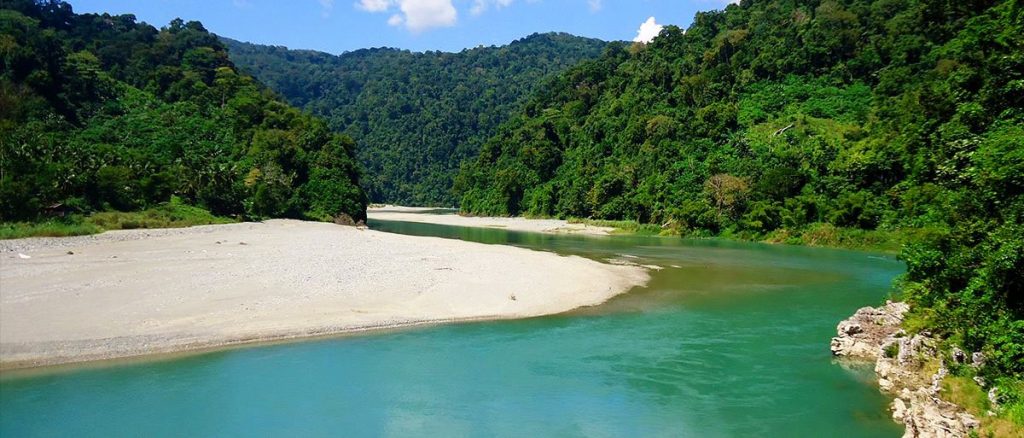
Calanasan River is not only one of the cleanest rivers in the Philippines but also one of the richest. It emanates from the vast forests of Apayao, one of the country’s last ecological frontiers. These forests are also home to the critically-endangered Philippine monkey-eating Eagle.
On some parts of the river, one can see big fishes swimming around. Shrimps, eels, crabs, and frogs also abound.
Calanasan River has generally calm waters, making it ideal for bamboo rafting.
The indigenous Isneg groups live on the banks of Calanasan River and have been serving as its stewards for centuries. You can also join them in fishing the traditional way. You will surely learn a lot from their authentic culture.
6. Mamallat River
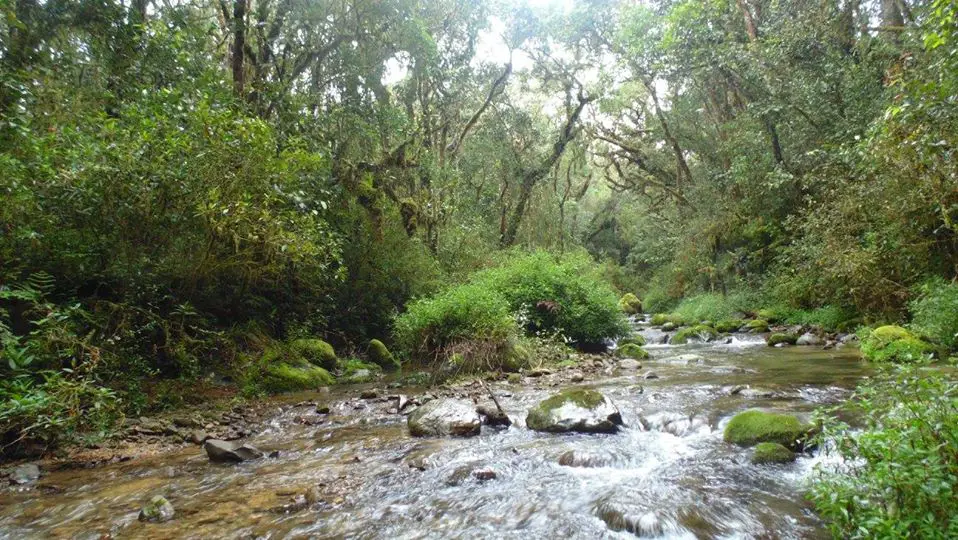
You must have never heard of Mamallat River before. Located on the community of Lias in Barlig, Mountain Province, the river is said to possess healing properties. Many locals with colds or flu take a bath here and experience healing.
The waters of the river are icy-cold and I guess that is what gives it its healing power. And the reason I believe that is because it worked for me multiple times.
The river emanates from the mossy forests of Mt Amuyao and its adjacent ridges.
The waters are so clean and clear that even on deep pools, you can see marine creatures lurking underneath. It thrives with small fishes called “kachew” as well as eels and river insects called “chayap.”
That is why many local youngster troop to Mamallat River to fish. I used to do that many times during my childhood years.
9. Mapesak River
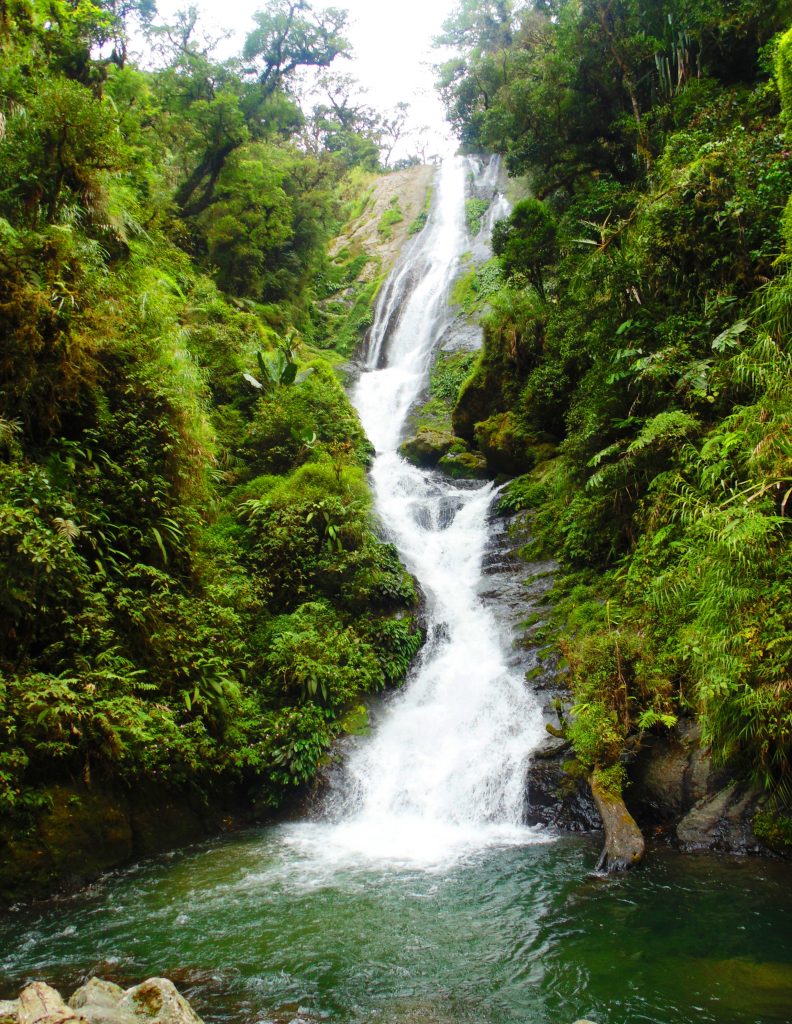
Mapesak River is one of the least known rivers in the Philippines. It takes more than a day of a continuous hike from the nearest village to reach it. That is why it remains one of the most pristine.
The river teems with giant eels and that is why many local youngsters come here to catch one. A local shared to me that he caught an eel weighing more than 15 kilos. You could just imagine the size of that.
But what I love about the river is its numerous waterfalls. One of these, Futitikun Falls, measures more than 100 meters high. Only a few hunters and locals are able to witness these majestic cascades.
Mossy forests feed the river. You can literally drink water from the river without having to fear contamination.
Expect to trek on dense jungles, clamber across rocks, and cross brooks to reach the river. Thus, it is only recommended for adverse hikers and adventurers.
10. Abra River
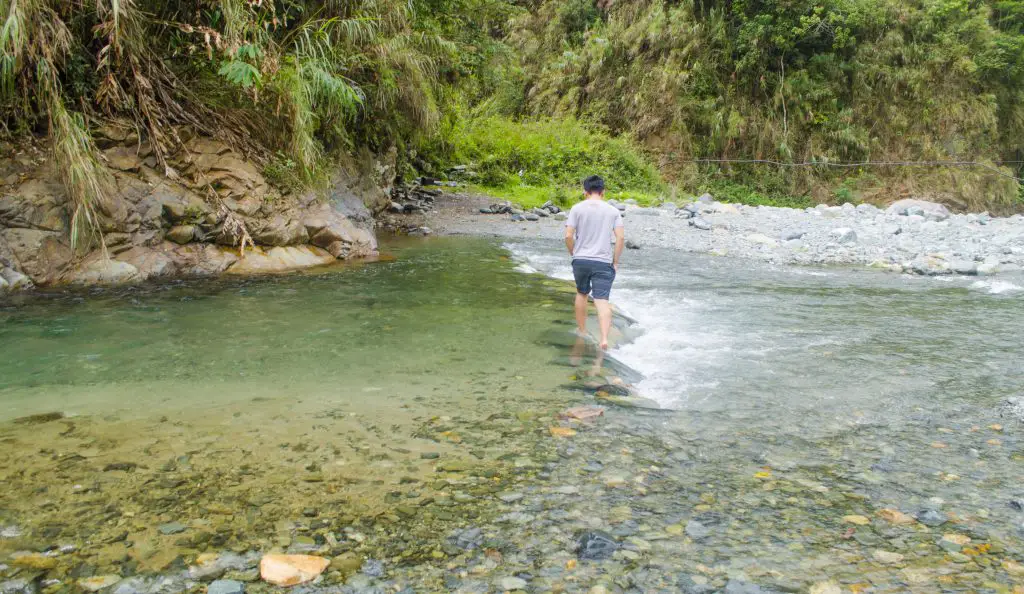
Abra River is one of the longest rivers in the Philippines, originating from the Cordilleran highlands all the way to Ilocos Sur. It has numerous tributaries fed by tropical mossy and pine forests.
Although mining upstream as well as commercial farming polluted the main river, most of its tributaries remain pristine. The famous Kaparkan Falls is one of the river’s water sources. The brooks feeding Kili Falls and Piwek Pools also lead to Abra River.
Today, the growing popularity of Abra as a tourism site has led to the discovery of numerous destinations along the Abra River.
11. Maducayan River
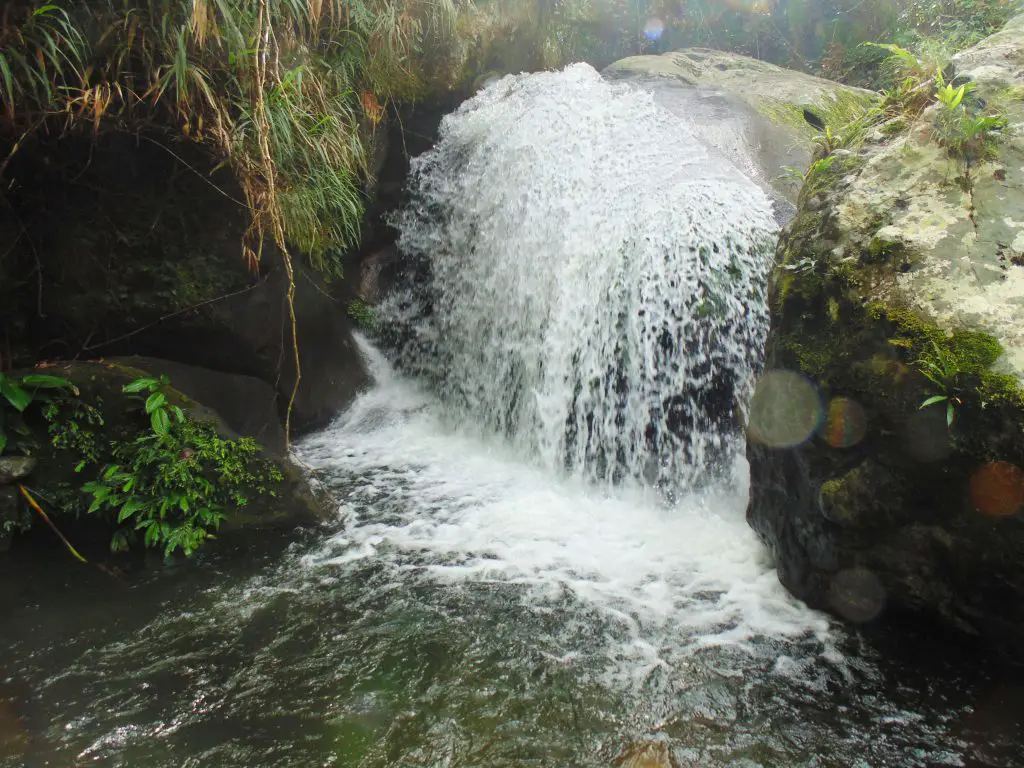
Maducayan River may not be as big as other rivers in the Philippines. But it plays an important cultural role among the local inhabitants. For them, the river is their lifeblood and that their identity is tied to its sustainability.
Not only that. The river is also an important source of steady water supply for irrigation. It teems with different aquatic species which the locals catch for household meals.
The waters feeding Maducayan River emanate from one of the last remaining dipterocarp forests in the country. These are home to an unaccounted variety of flora and fauna species including hornbills and wild pigs.
12. Magat River

Magat River is one of the largest rivers in the Philippines. It feeds one of the biggest dams in Asia and is the largest tributary of the mighty Cagayan River, the longest river in the Philippines. Many communities inhabiting the banks of the Magat River subsist on farming tilapia and milkfish.
The Magat Dam has also become a popular attraction. Here, one can enjoy fishing and boating while relishing the sights of the surrounding mountains.
13. Agno River
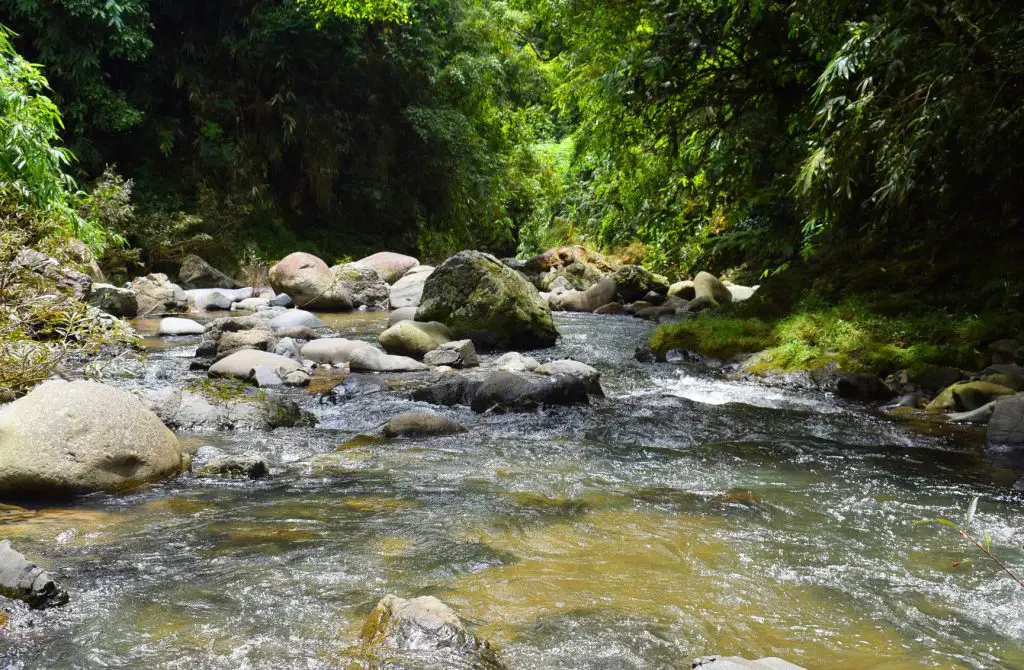
Agno River feeds the famous Ambuklao Dam and Binga Dam. It saw one of the major faces of ethnic deprivation. During the building of the dams, many indigenous communities were cleared and relocated. Their farms and sacred ground have been buried by the rising water, never to be seen again.
14. Siffu River
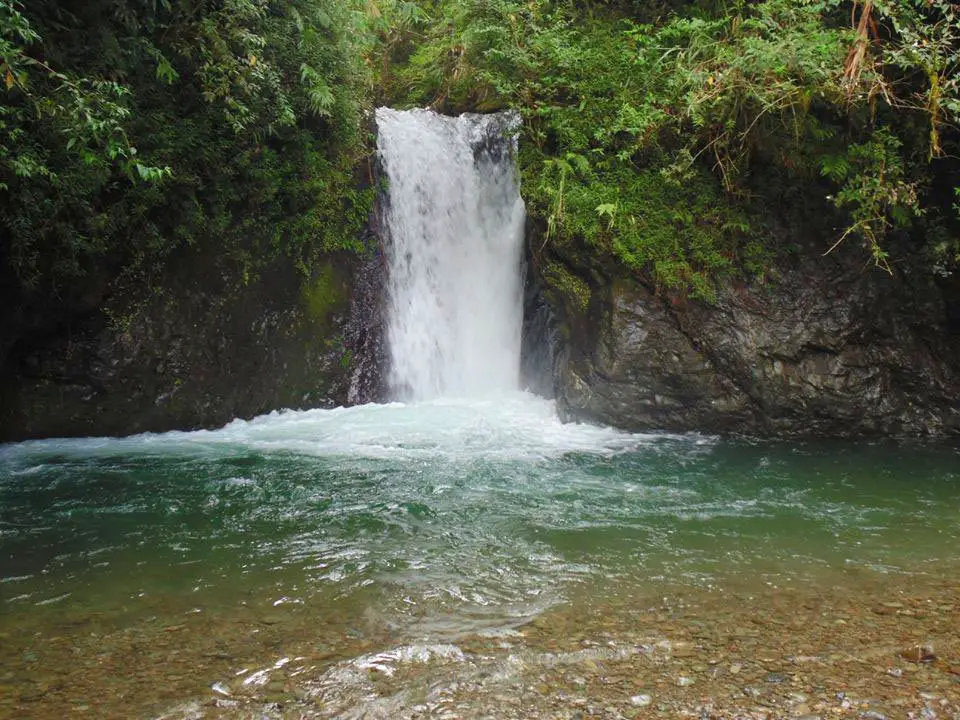
If you want to chase waterfalls amidst rustic views, check out Siffu River. It emanates from the pristine forests of Kadaclan community, a cluster of barangays in Barlig, Mountain Province. One of the notable attractions here is the Amfitayok Falls.
When you follow the river upstream, youll glimpse of the majestic Maripidchek Falls, a series of stunning cascades. Then, theres the Finarongrongan Falls on the opposite tributary.
When trekking to Siffu River and its waterfalls, youll pass by beautiful rice terraces carved on steep mountain slopes.
15. Agusan River
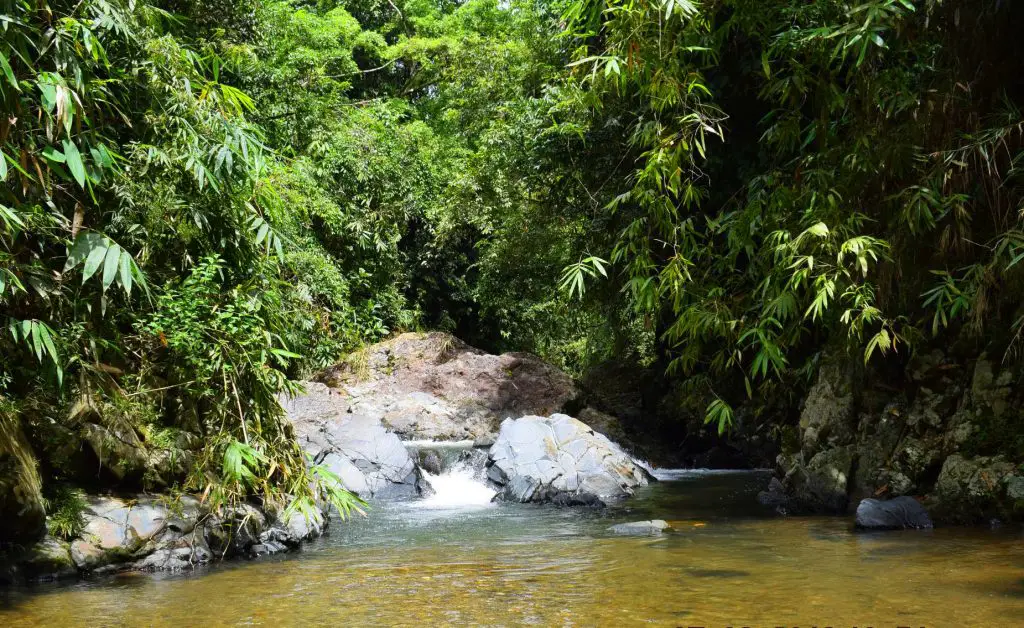
Agusan River is the third-longest river in the Philippines, after the Cagayan River and Rio De Grande Mindanao. Its more popularly known for its vast Agusan Marsh which covers around 19, 197 hectares. The marsh harbors an amazing diversity of both terrestrial and marine species.
READ: 13+ Stunning Lakes in the Philippines to Visit Before you Die

